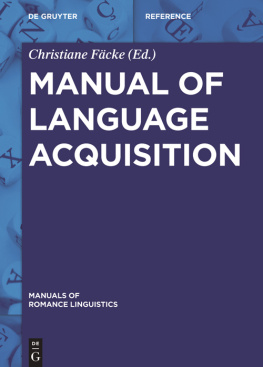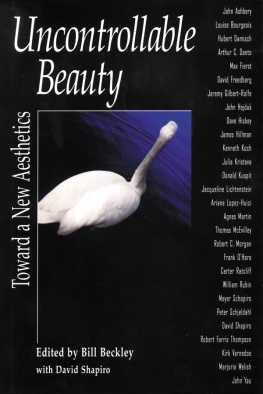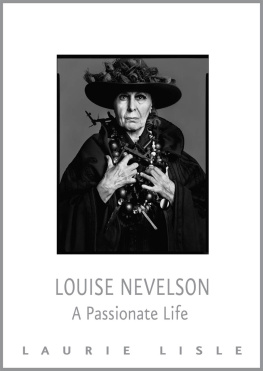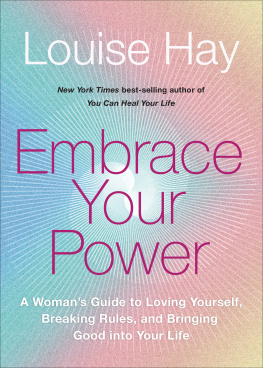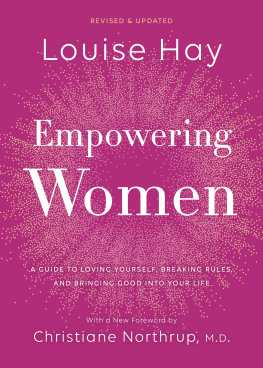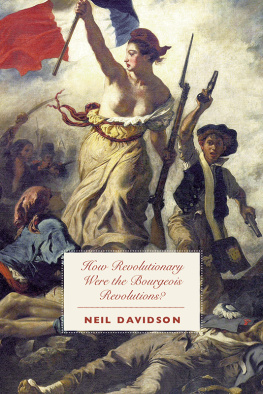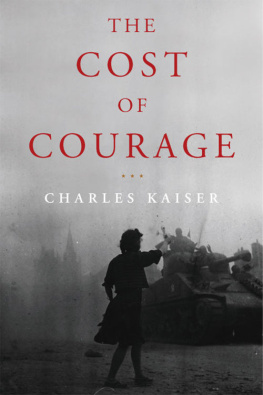Summary
The sculptor Louise Bourgeois was born in Paris in 1911 and studied painting with Ferdinand Lgr among others. As one of the most important artists of the 20th century, she lived and worked in New York since her emigration in 1938. Her extensive and challenging work, which includes innumerable drawings as well as several paintings, is now recognized worldwide after decades of obscurity. In the interview that Christiane Meyer-Thoss conducted with Louise Bourgeois in New York in 1986 and 1989, the artist gives personal insights into her work.
Christiane Meyer-Thoss, born in 1956, lives and works in Frankfurt am Main as an author, lecturer and editor. Since 1981 she has written extensively on contemporary art and literature, most prominently on Meret Oppenheim. The book Louise Bourgeois. Designing for Free Fall from which this interview is taken was published by Ink Press in 2016.
Louise Bourgeois
I want to be accurate, not shocking
In conversation with Christiane Meyer-Thoss
a mikrotext
Made with Booktype
Cover: Inga Israel
Cover Image: Louise Bourgeois looking through the gates she designed and made for her Brooklyn studio in 1982. Photo by Allan Finkelman, Copyright: The Easton Foundation
Covertypo: PTL Attention, Viktor Nbel
978-3-944543-90-1
mikrotext 2020, Berlin
Louise Bourgeois
I want to be accurate, not shocking
In conversation with Christiane Meyer-Thoss
I want to be accurate, not shocking
Christiane Meyer-Thoss
Many people admire the shocking quality of your work and your voice. Are you embarrassed by the character of your recollection, its confessional tone and bluntness?
Louise Bourgeois
I want to be accurate, not shocking.
CM
Maybe it is that your work reflects an awareness of things not usually said. What gives you that insight?
LB
The artist has been given a gift. This word comes back all the time. It is the gift of being at ease with your unconscious and trusting it. It is the ability immediately to short-circuit the conscious and to have direct access to the deeper perceptions of the unconscious. This is a gift because such awareness is useful, allowing you to know yourself, especially your limitations. It comes from your inability to conquer fears.
I have an understanding of fear. When you came in, for instance, I said that I was terribly tense. That was because I had no perception of who you were, and that makes me d-d-d-d [sound of teeth chattering]. You know, that rhythm. Then I realized I don't know why, I don't have to know why - that I did not have to be tense with you, that I could relax. Maybe the initial tension was the expression of fear. I fear the predatory quality of people that people are coming to gobble me up; asking more than I can give. The wanting of things from me frightens me. I was apprehensive about whether I could communicate with you or whether you were going to be afraid of me. I have the fear of people being afraid of me, and when I see someone afraid of me, or I see a fear in myself, then I take the blame, I take the responsibility. Which comes first, the introjection of the other's fear, or the projection of mine? I don't know. In either case, I take the responsibility. And I am fed up with it! It's ridiculous.
When a child is afraid of a dog it takes a certain awareness to realize that the dog will bite you if you are afraid of him. It is not easy for the terrified child to perceive the dog's fear. If the child loves the dog, he extends his hand and negates all fears. However, people who are afraid emit an odor. Think of a skunk. To perceive the dog's fear through his growling, you have to possess a certain awareness of yourself. Perhaps it's not a gift, but it's certainly a necessity. Because if the dog smells the fear, he's going to bite you. To avoid that, you take the fear upon yourself and realize that your unconscious fear is the reason for the dog biting you. Of course, to take the fear upon oneself cannot be expected of a child. It is a sign, and even a proof of adulthood. The adult has at his or her service the phenomenon of compassion. Compassion is hard to get and hard to keep, but it does dissolve the difficulty of taking the blame on yourself. End of Softness is when you cross the threshold of tolerance and the landscape will disappear.
CM
So you believe in truthfulness as an absolute?
LB
We're not talking about honesty, morality, or absolutes. Were dealing with survival and self-preservation. If you're not honest, you get bitten. Fair enough. Honesty is a strategy for survival. If you're trying to self-express, to deceive is beside the point. If you don't achieve self-expression, you become depressed. It's related to fulfillment. However, if your art is about exorcising fears and self-expression, if you are convinced yourself you will be convincing to others. I do not have to convince anybody of how I feel the proof is in the work. Be convinced by the work.
CM
How does this all relate to communicating?
LB
The need for self-expression precedes communication, and on a motivational level it does not concern the viewer at all. If you do not like yourself, you are not ready for communication. The frustration comes from the failure to communicate. You have to take the responsibility of that failure yourself. If you don't communicate, you scream and yell. Now back to the artist.
If the artist is successful, at ease with his sources, magic operates in his process. The viewer feels the positive vibe's of the work, illuminated by the artist in touch with his unconscious. There will be communication. If there is magic in the making then there is magic in the discovery. Let's hope.
Convincing is an intellectual process. I repeat, if you're not accurate in the depiction of your emotions, you are not convincing.
CM
You once wrote a little story, He Disappeared into Complete Silence. Is the fear you speak of connected with silence?
LB
It refers to communication. Silence in this case means the refusal to talk, the refusal of the other one. It is a retreat of the other into silence, a retreat that is not accessible to me, because I retire into the oppositeinto a food of words. When I'm under tension, I talk like a river. But most people, at least in America, retire into silence. I retire into storytelling to hide my fear.
CM
Isn't silence an inability to speak?
LB
Not an inability a refusal to reveal oneself. And I cannot cope with that, since I am the opposite. I don't know what to do. It is in effect a very real experience: he disappeared into complete silence, and I had no more access to him. He was silence, and I had no more access to him. He was disparu.
Now students I could write a book on the silence of students. It is a hostile silence. Students come to art school to fight with the teacher. This is wonderful, I'm not criticizing it. But I dont want to be the teacher. I'd rather have the dog's reaction: when he's afraid, he barks. He expresses himself, and then you deal with the bark. But I have no means of reaching the student, or anybody for that matter, who retires into silence. I don't know what to think.
CM
Surely silence is sometimes a virtue.
LB
My piece Colonnata, from 1968, represents the protest marchers of the 1960s: silent, young, black. It is made from one cube, with the elements, some 30 or 40 of them, carved out of the same block as the base. These elements nestle together, stick together, function in terms of being together, in the Martin Luther King civil rights tradition of protest. They are anonymous and they are silent. Silence means nonviolence. Many of the works from that period have civil rights overtones.


